Safety First: Lessons from Women and Genderqueer Climbers of Color
Mountain climbing is a high risk sport with little margin of error. Even though it’s often portrayed as a solo activity in the media, the reality is simple: your survival could easily depend on what you’ve learned from the people who came before you. The climbing stories you hear at base camp or around a campfire just might save your life.
That’s why it matters who gets to tell stories of danger, joy, and survival. Too often the loudest voices don’t look like us. But for Sachi Koide, Sof Petros, and Theresa Silveyra—three accomplished women and genderqueer climbers of color—mountaineering is more than technical knowledge. It’s about community, power and courage. They have a shared dedication to helping others navigate the mountains safely.
Sachi, Sof, and Theresa have climbed, guided, and taught in some of the most challenging terrain around the world. This piece offers tips on how to stay alive and well in the mountains — both physically and spiritually.
A Journey Into the Mountains
Sachi Koide
Sachi Koide mountaineering above the clouds. Photo by Masha Tereshchenko.
Sachi Koide (she/her) is an American climber and engineer with Japanese and Chinese ancestry. She spent a lot of time outdoors while growing up in the Bay Area. Her father ignited her passion for adventure through long hikes and rock climbing.
Sachi climbed Half Dome when she was 14, Mt. Whitney at 16, and the Matterhorn at 22 - all with her dad. Despite coming of age in a mostly white community, Sachi found supportive friends and mentors who encouraged her to pursue her dream of alpine climbing.
For her, the drive to climb “big, tall, cold mountains” is about self-discovery and the confidence that comes with pushing physical and mental limits.
Sof Petros
Sof Petros at the crag. Photo by: Bryce Hill.
Sof Petros (she/they) is a genderqueer Afro-Latinx-Indigenous mountaineer who found their passion for the outdoors during a summer internship at Rocky Mountain National Park. Initially drawn to wildlife biology and climate science, Sof’s interest in mountaineering grew as they immersed themselves in the outdoors. One of their proudest moments was summiting Cerro Picacho in Patagonia.
For Sof, the pull of mountaineering is intertwined with deep respect for the natural world and a strong belief in the power of community.
Theresa Silveyra
Theresa Silveyra pauses to take a selfie while on a climb.
Theresa Silveyra (she/her), is a Filipina-Mexican climber and mountain guide who has summited Mount Hood more than 100 times. It would be easy to assume she grew up climbing, but you’d be mistaken! Theresa took her first guided course in 2016 and found herself drawn again and again to the mountains. By 2023, she had shifted careers from music teacher to full-time guide, earning multiple credentials from the American Mountain Guide Association. Theresa’s not just investing on her own career, she’s focused on mentorship and teaching others, bringing new meaning to ‘lift as you climb.’.
Navigating Safety
We’ve all seen mountaineering’s highlight reel on TikTok and Instagram, along with pro-climber documentaries on streaming platforms. But what about the risks?
Part of what makes alpine climbing so special is the danger. It’s a lot more technical than a walk in the woods. It requires special clothing and gear. And the payoff is freezing temperatures, biting winds, snow that could literally blind you and crevasses that could swallow you whole. Wait, let me run that back: the reward is the crunch of crampons on ice, the weight of an ice ax in your hand and the joy and exhaustion you feel as you watch the sunrise from the summit.
While mountaineering is often celebrated for its awe-inspiring views and successful summits, there are very real dangers. Each of these women has experienced moments that tested their resilience and decision-making in the face of danger.
—
Theresa’s most terrifying moment occurred in 2022 while attempting to climb Mount Hood, a 11,249-ft stratovolcano where at least 150 people have died. She and her partner were crossing a bergschrund (a crevasse at the base of a glacier) when her partner fell into it, dragging Theresa with him. Both were uninjured, but the experience reinforced for Theresa the importance of never getting complacent, even on terrain you are comfortable with.
“Trust your gut,” she advised. “If something feels off, don’t ignore it.” The experience also became a reminder to always plan for contingencies and to make safety decisions based on the specific conditions of the mountain, rather than on assumptions or confidence.
—
For Sachi, the scariest moment came while leading a team on Denali, the tallest peak in North America that has claimed over 120 lives. After a successful summit, Sachi and her team — exhausted from the climb and poor sleep at 17,000 feet — had to descend a steep, icy section of the route called Windy Corner.
Despite her extensive training and experience, the psychological toll of being on the mountain for 12 days and the constant pressure to perform left her and her team feeling like they had reached their limit.
Ultimately they made it safely off the mountain. However, it was a reminder of the importance of having solid communication with decision points mapped out ahead of time. “When you’re on a mountain, your only job is to come back,” she reflected. This understanding has shaped her approach to mountaineering, with a strong focus on preparation, teamwork, and mindfulness.
—
Sof’s scariest experience came when they were forced to spend the night unexpectedly on a climb in the Cascades. Although they were able to remain calm and find shelter, it was a stark lesson in the importance of preparation. “Well rounded communication that is less reactive is key,” she emphasized.
Technical skills are not enough; since climbers so often navigate the mountains together, as roped pairs or in teams, communication is incredibly important. Sof added, “It’s crucial to have communication tools that support calm, respectful dialogue; creating the headspace needed to manage both objective hazards and the social and emotional risks that come with being in the mountains.”
Sometimes, people joke about escaping to the mountains to get away from people but serious climbers put their lives in each other’s hand—literally. They have to dial in their communication skills or else put the entire team at risk.
“The climbing stories you hear at base camp or around a campfire just might save your life. That’s why it matters who gets to tell stories of danger, joy, and survival. ”
Tips for Beginners
Are you convinced that alpine climbing is for you? Check out these safety tips for beginners.
“Trusting your gut” is one of the most underappreciated safety tips for Theresa. In her experience, the best climbers are those who listen to their instincts and take the time to reassess a situation if it doesn’t feel right. Additionally, she stressed that safety in the mountains is more than just technical skills—it’s also about having the right mindset and understanding the risks involved.
Sof, who teaches climbing and alpine safety, advised beginners to focus on personal and social responsibility. “Acknowledge your own risk tolerance and communicate it with your partners,” they added. This transparency is even more important high on the mountains in potentially life-threatening situations. Beginners should be encouraged to explore their limits, identify what makes them nervous, and build their comfort levels gradually.
Sachi echoed this sentiment, noting that confidence is key. “Every mountain is different,” she explained, “but you can prepare by practicing your systems and building your physical fitness in your backyard.” Whether it’s practicing with a heavy backpack or training on a local rock wall, small actions in familiar settings can prepare climbers for the challenges of the mountains.
Mentorship and Community Support
The importance of mentorship and community is central to all three women’s experiences. Sachi, for instance, reflected on how rare it was to find mentors who were not only experienced but also able to address the unique needs of women and people of color. During her Denali expedition, she was the only Asian woman on the mountain, which made her feel even more isolated. “Mentorship is vital,” she emphasized, noting that affinity organizations like the Ladies Climbing Coalition and Cruxing in Color have been essential in her journey.
For Sof, mentorship has been a two-way street. While she mentors others in the community through her work with Climbers of Colors, Out in the Wild, and Flash Foxy, they have also learned a lot from her own guides. Their experiences have shaped them into a thoughtful educator, always encouraging others to approach the sport with both humility and curiosity.
Theresa, whose work as a guide has led her to train many climbers of color, underscores the importance of creating inclusive spaces where climbers can learn and grow. “It’s about building confidence in yourself and others,” she says. Through her work with Climbers of Color, she has witnessed the power of collective learning, where climbers support each other and share knowledge that might not be available in mainstream mountaineering circles.
The Future of Mountaineering
As more women and people of color break into the traditionally exclusive world of mountaineering, these women are at the forefront of the work to break down barriers and lead by example. Their experiences show that success in mountaineering goes beyond summiting peaks—it involves fostering community, sharing knowledge, and prioritizing safety.
For Sachi, Sof, and Theresa, mountaineering is an evolving journey that requires trust, respect, and preparation. They have each faced challenges on the mountain, but they have also cultivated a deep understanding of what it takes to navigate the physical and mental demands of the sport.
As they guide, mentor, and inspire, these women are proving that anyone—regardless of their background—can reach the summit with a focus on the journey and the people you bring with you.
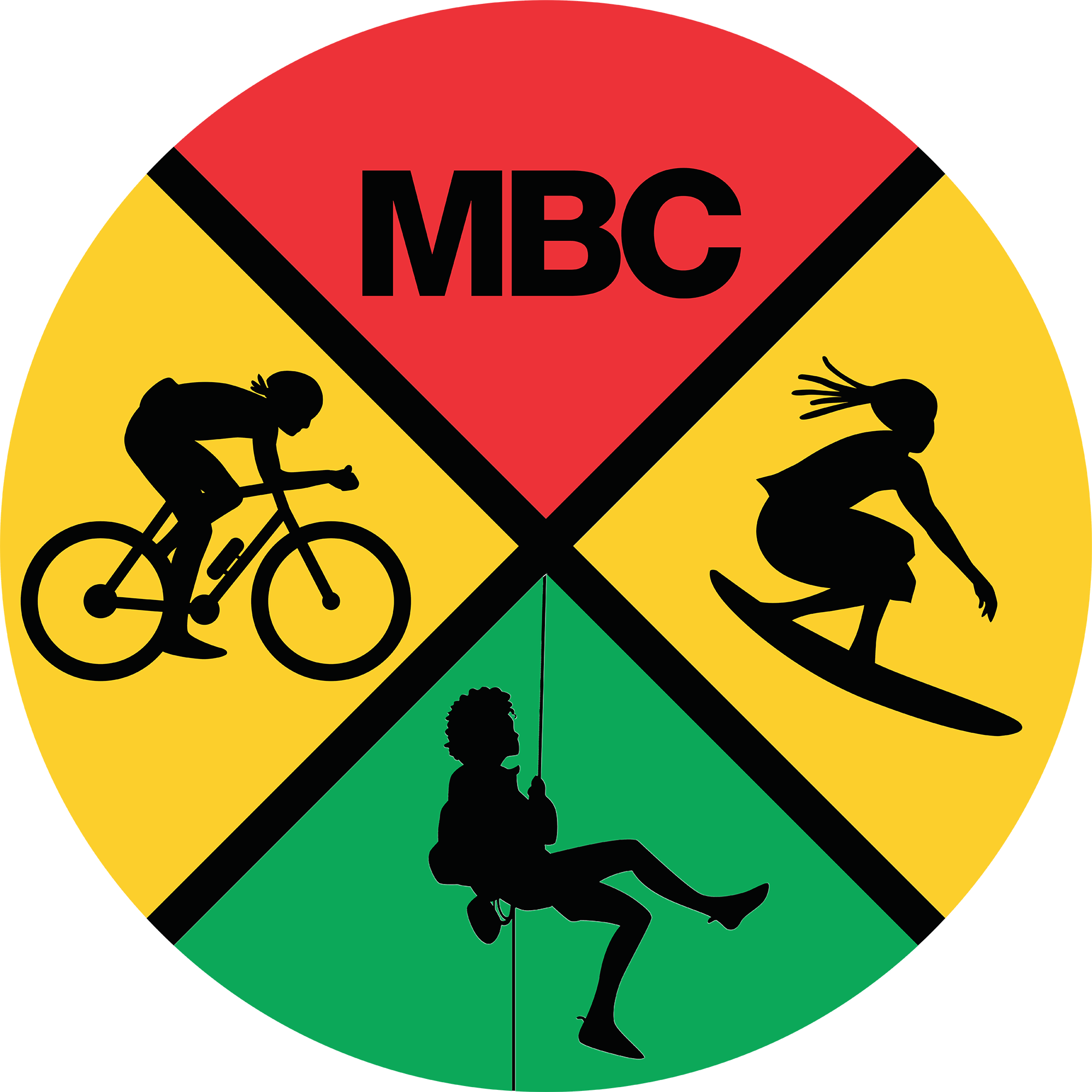

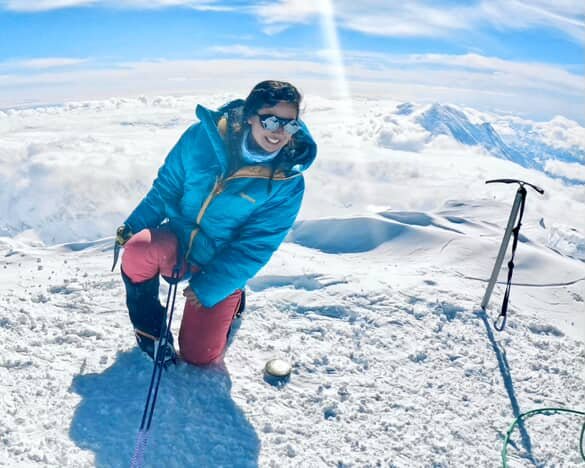
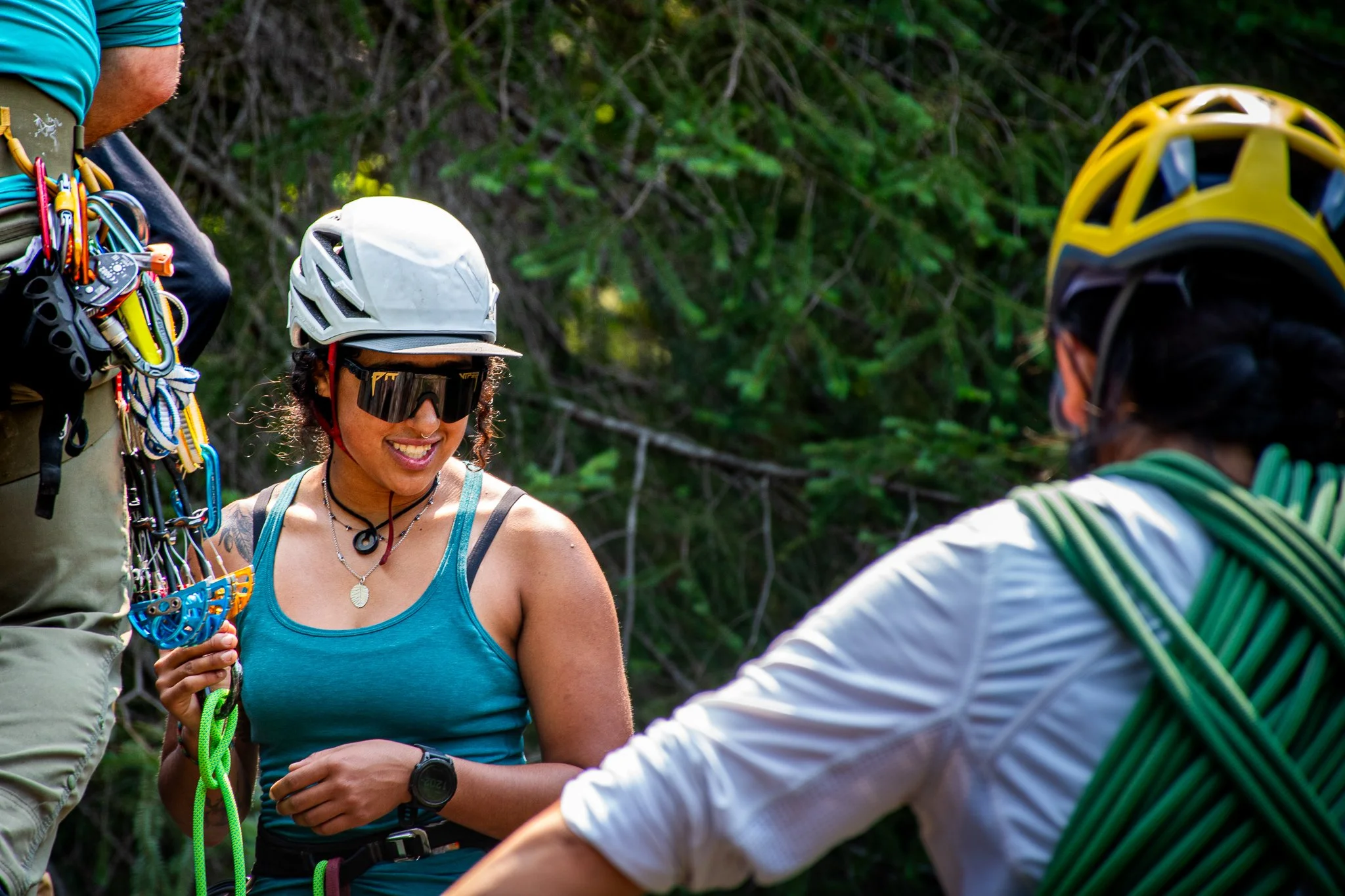
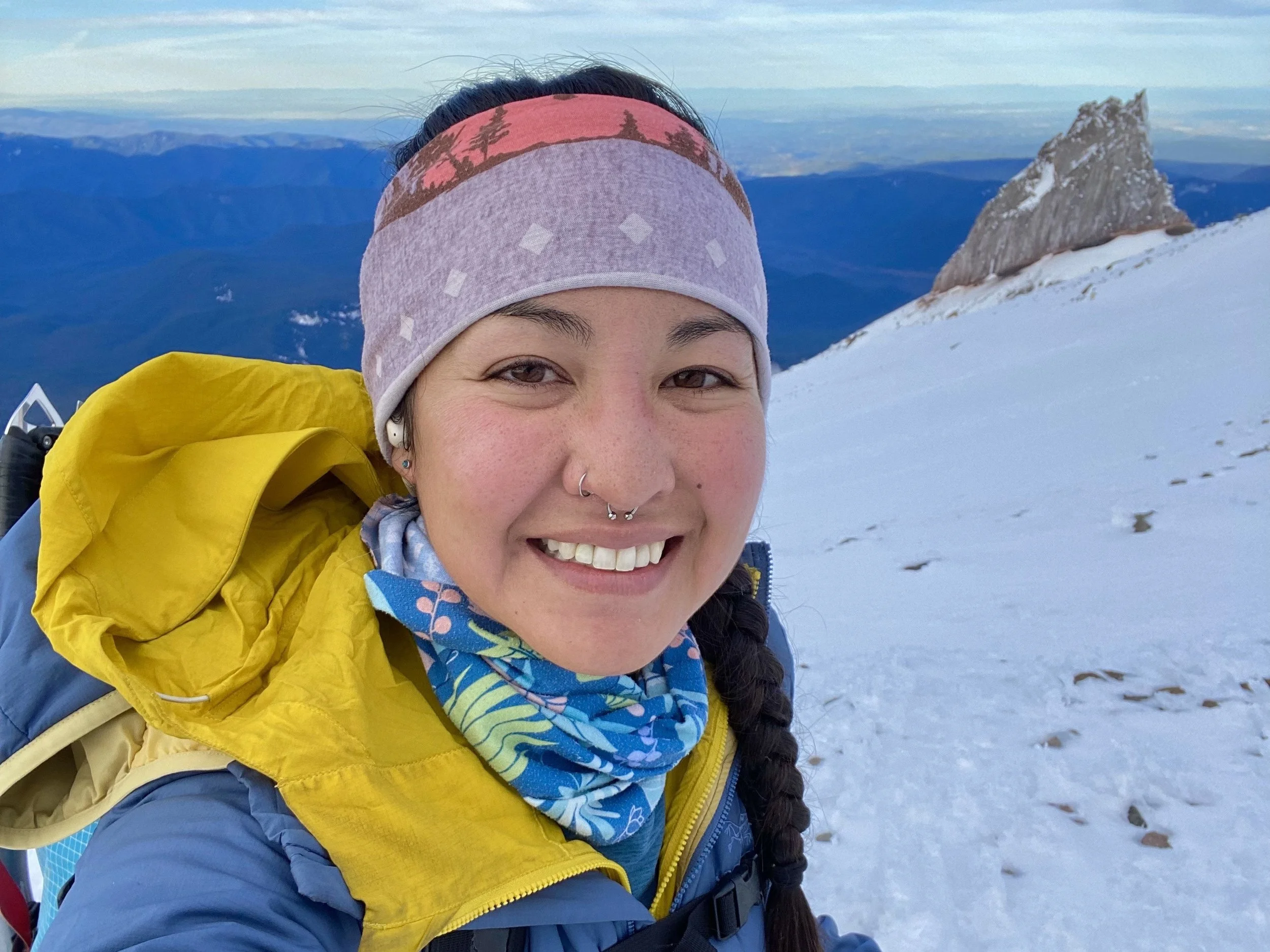








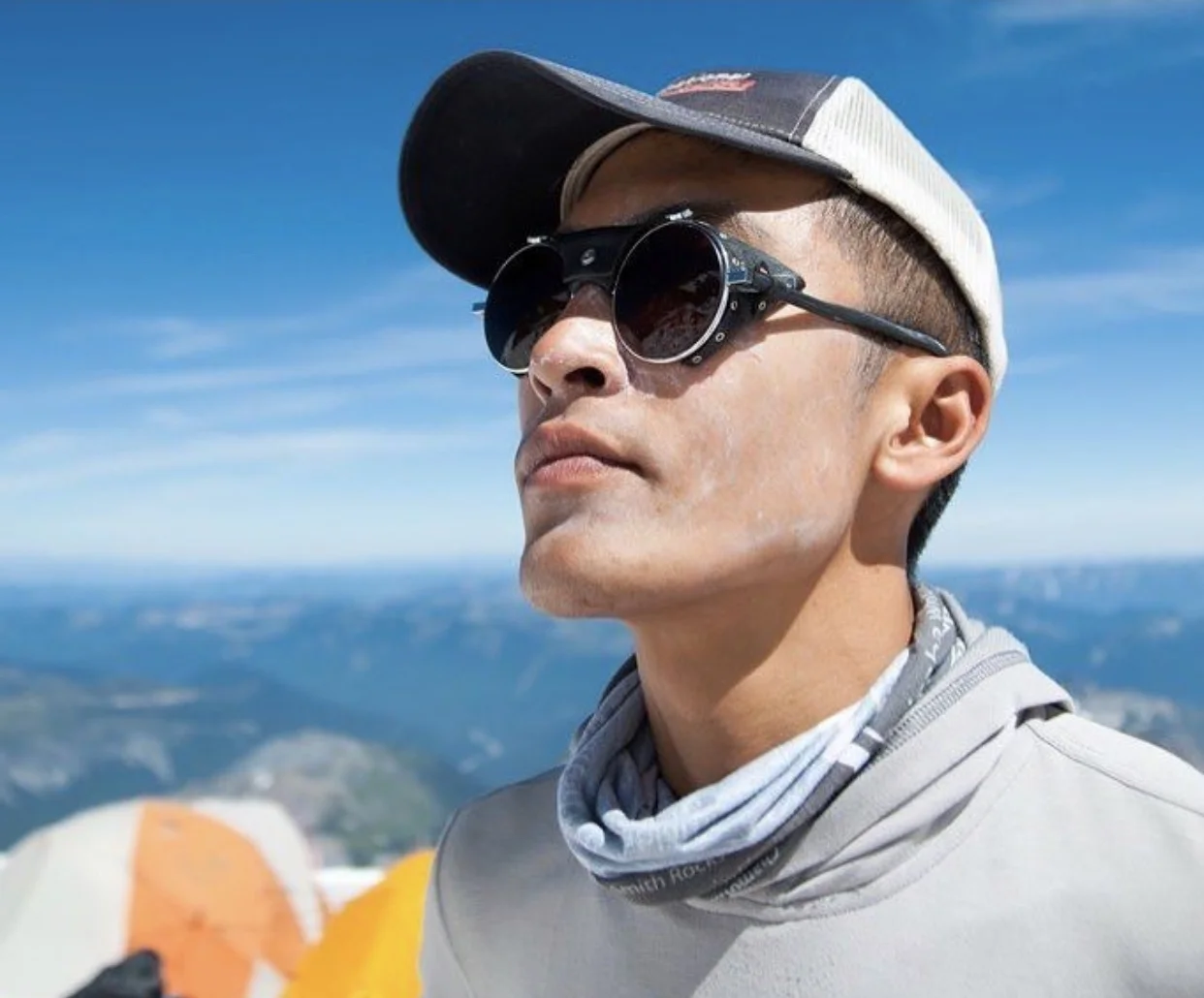

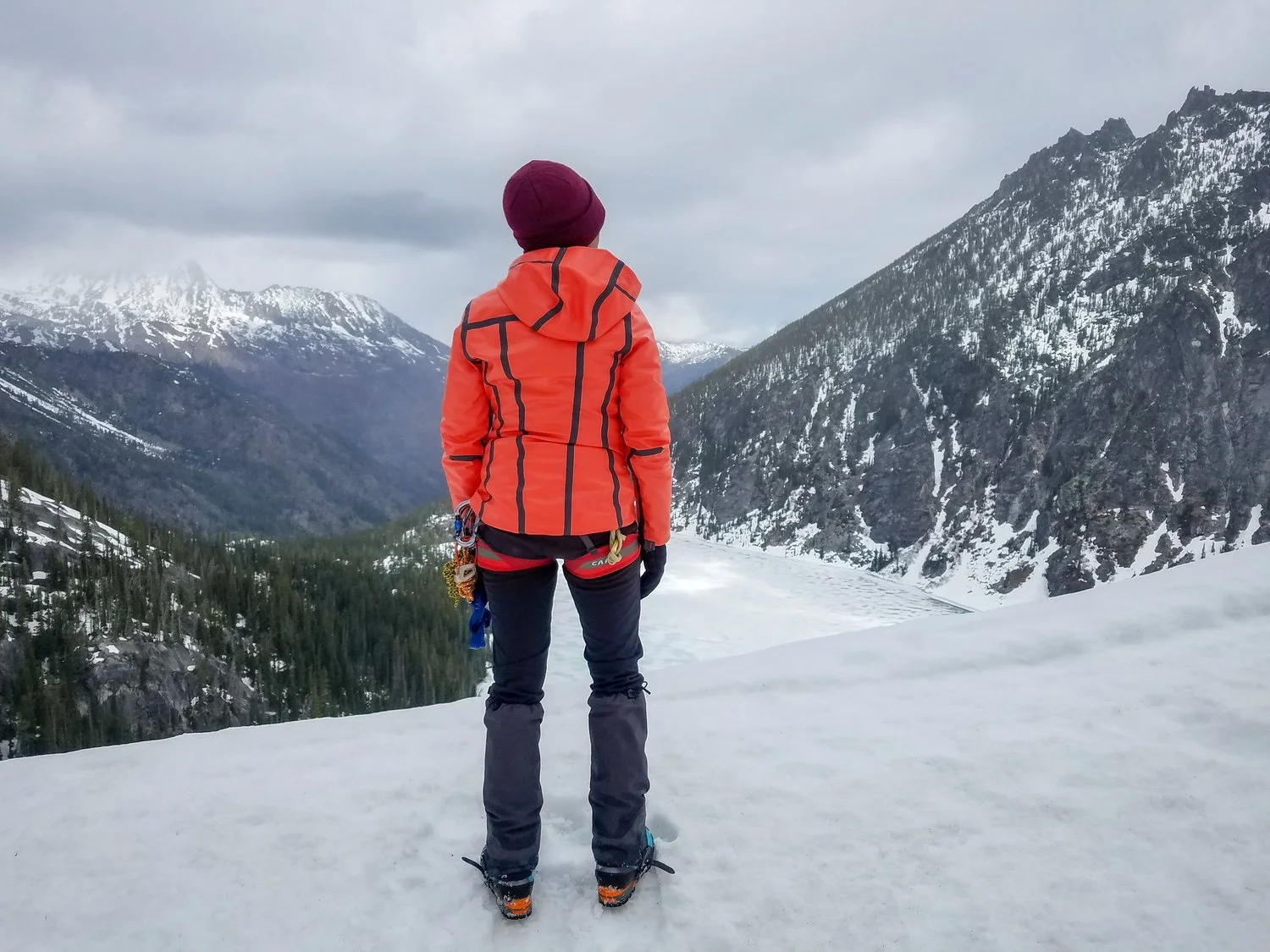
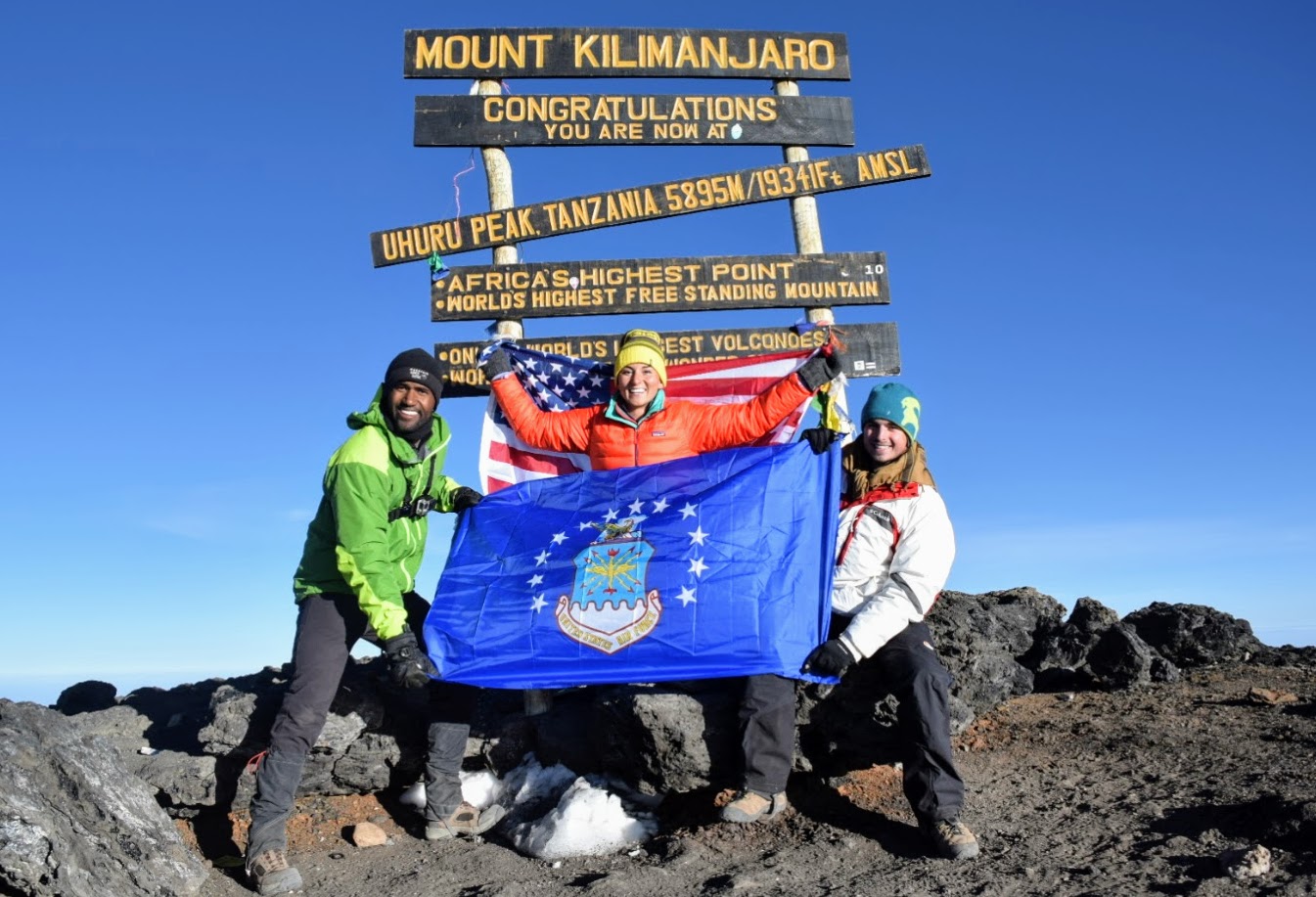





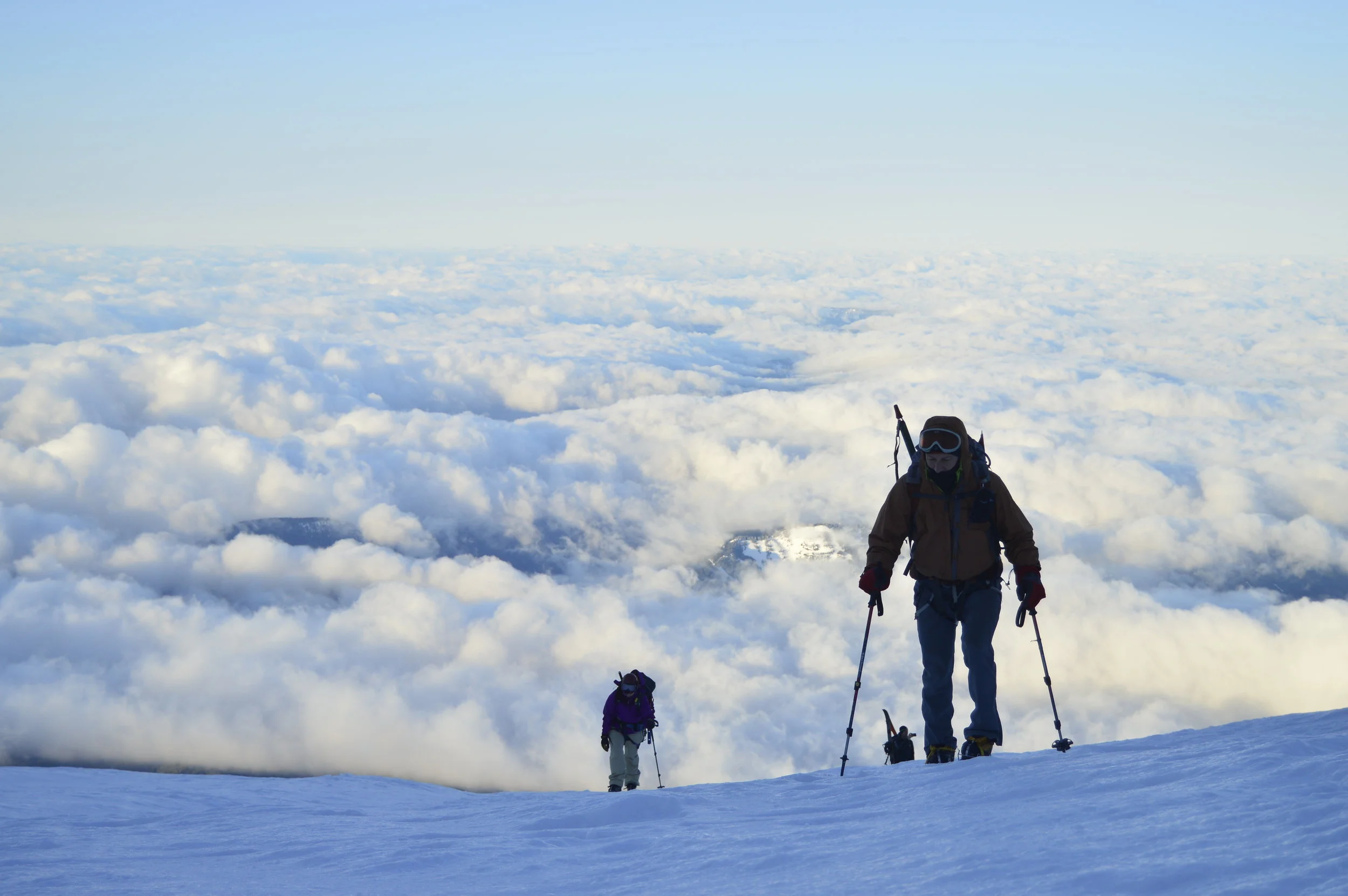

The climbing stories you hear at base camp or around a campfire just might save your life. That’s why it matters who gets to tell stories of danger, joy, and survival. Too often the loudest voices don’t look like us. But for Sachi Koide, Sof Petros, and Theresa Silveyra—three accomplished women and genderqueer climbers of color—mountaineering is more than technical knowledge. It’s about community, power and courage.